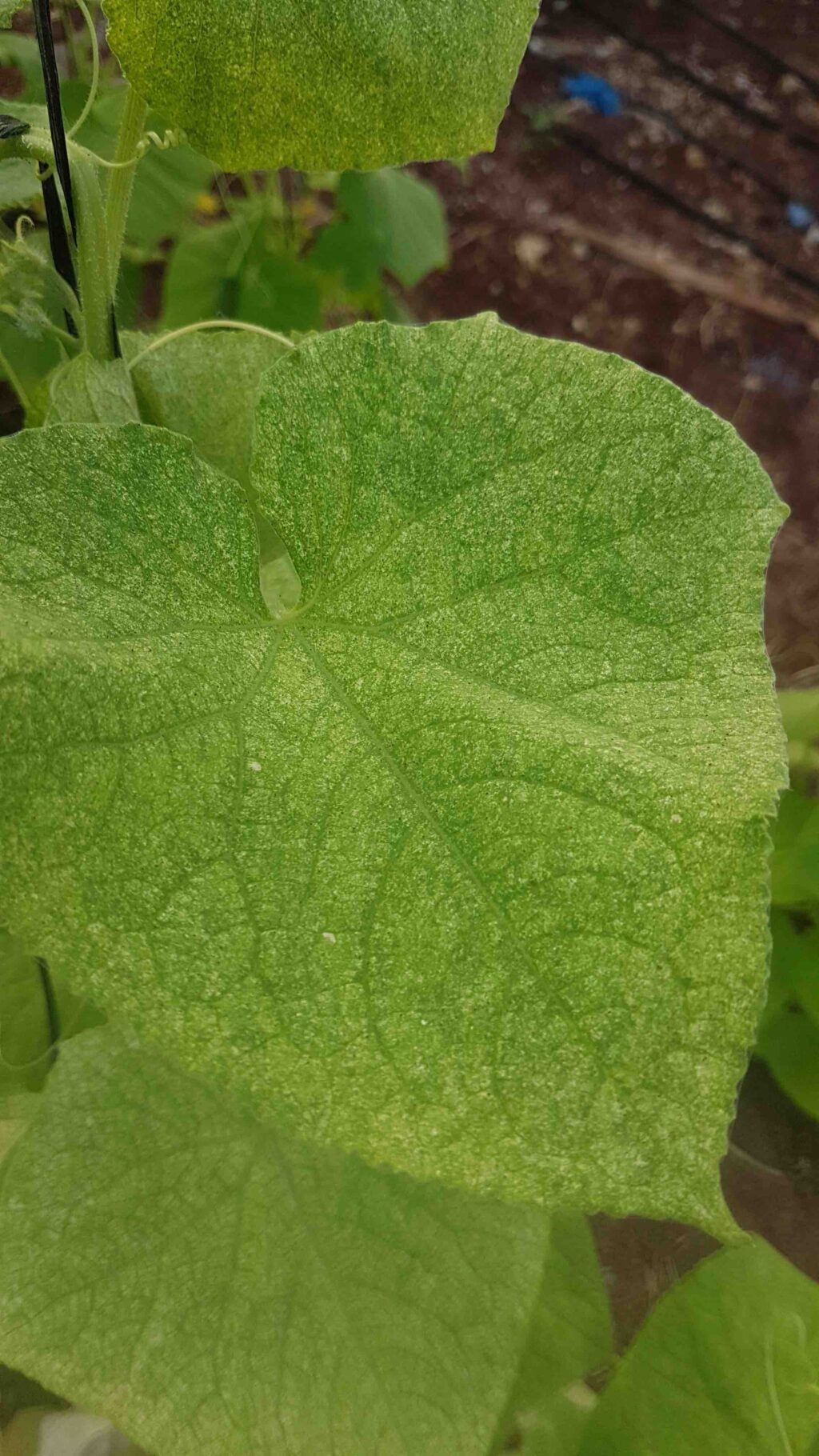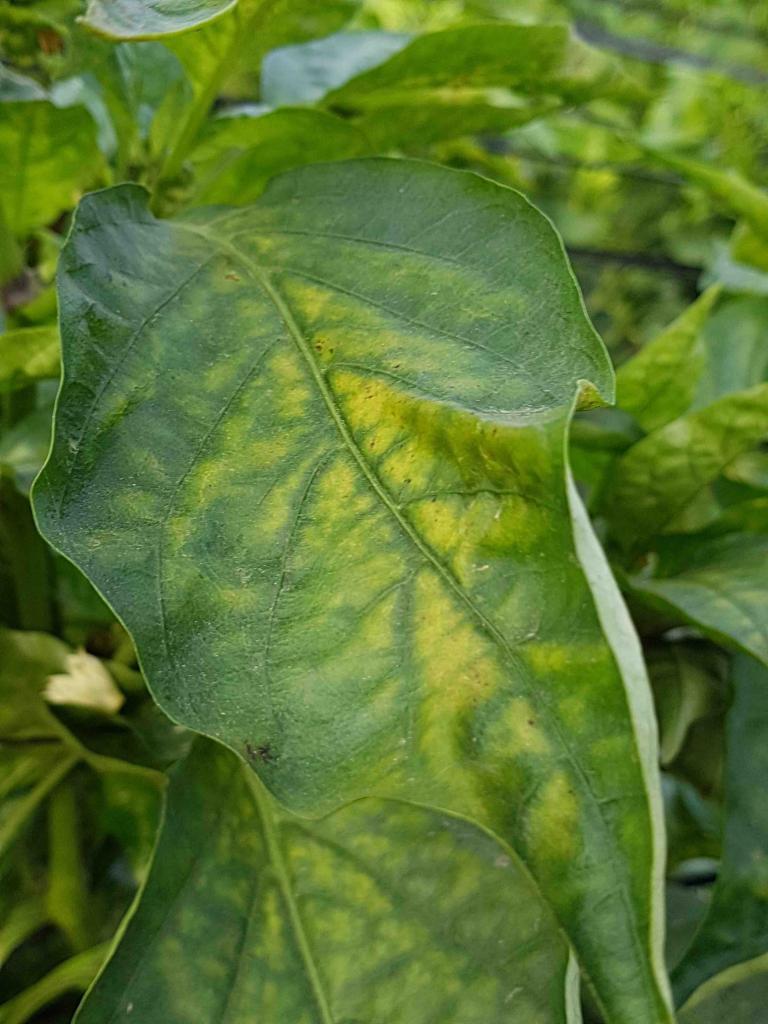Tétranyques rouges
There are hundreds of different cultural crops, including peppers, tomatoes, eggplants, cucumbers, squash, watermelon and melon, beans, peas, citrus, papaya, strawberry, shade trees, shrubs, flowers, and more ornamental plants.
Small arthropods are classified as Arachnida and members of the Tetranychidae family, along with hundreds of different species. They are distributed worldwide and considered a persistent concern for farmers in warm, arid, and dry weather regions.
When weather conditions are right, a female is able to lay up to seven eggs a day and will do so on the underside of leaves. Adults feed upon plant tissues leaving yellowish nourishing marks.
Red mite presence in fields could go unnoticed until infestation reaches a critical point were damage to plants is clearly visible.
Calendrier: Il est plus facile et plus rentable de surmonter les infestations au cours des premières étapes. Surveillez régulièrement le champ et recherchez les signes ci-dessus.
Un contrôle efficace nécessite de pulvériser la totalité de la zone avec de l’eau à haute pression et à volume élevé. Une stratégie courante consiste à établir un calendrier fixe ou dynamique pour les applications de pulvérisation.
Les produits utilisés dans une ou plusieurs régions du monde peuvent contenir les ingrédients suivants :
bifénazate, acéquinocyl, cyflumétofène, milbémectine, spiromesifen, abamectine, et pyrimidifène. Dans la plupart des cas, l’ajout de huile minérale ou huile de neem au mélange de pulvérisation peut améliorer considérablement les résultats.
huile de neem et huile minérale.
Phytoseiulus persimilis est un acarien prédateur bénéfique bien connu disponible dans le commerce.
*Names marked in red are considered to be highly poisonous to beneficial insects.
*Names marked in green are considered to be organic and IPM (integrated pest management) compatible.
Image Gallery


